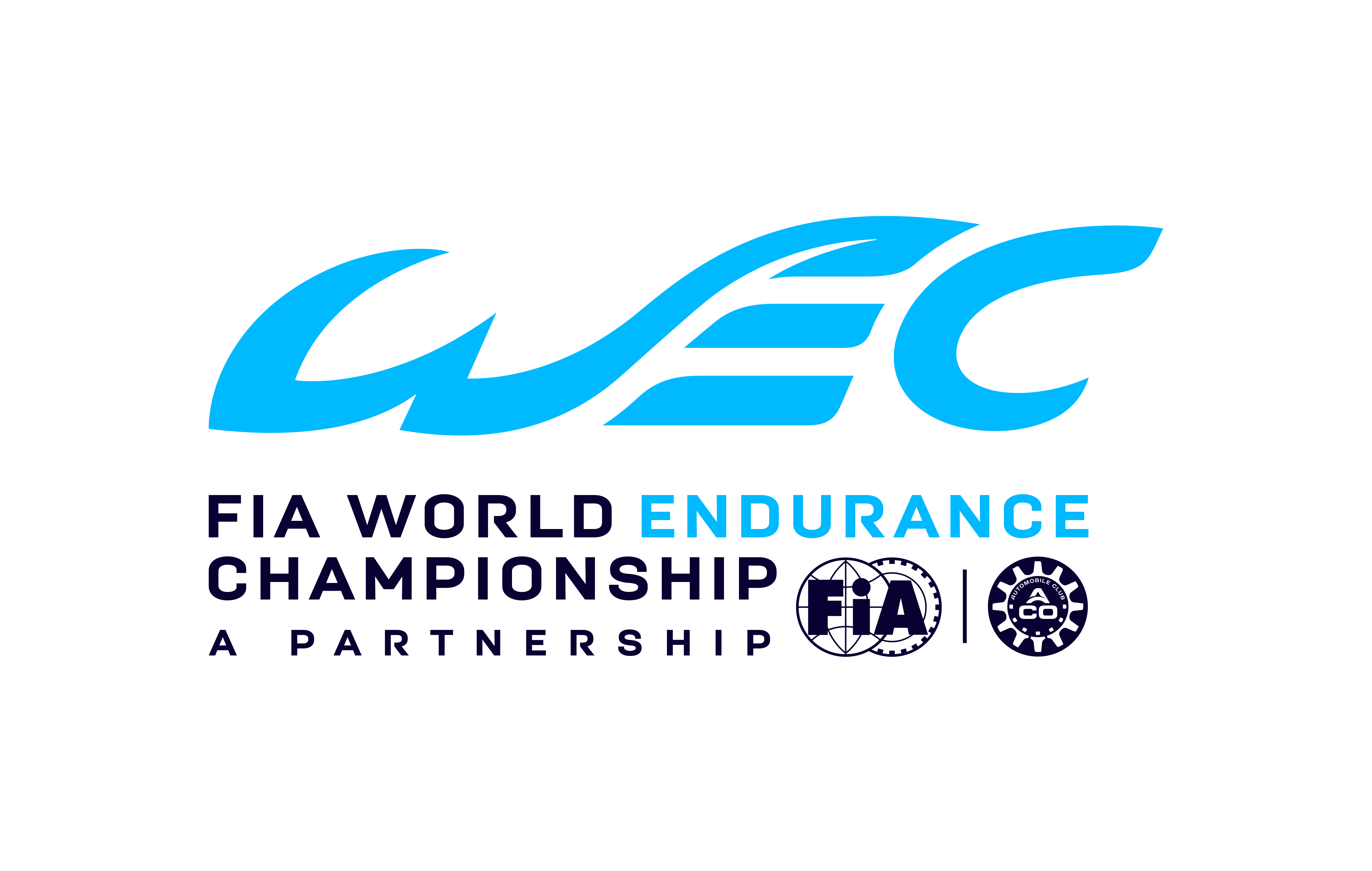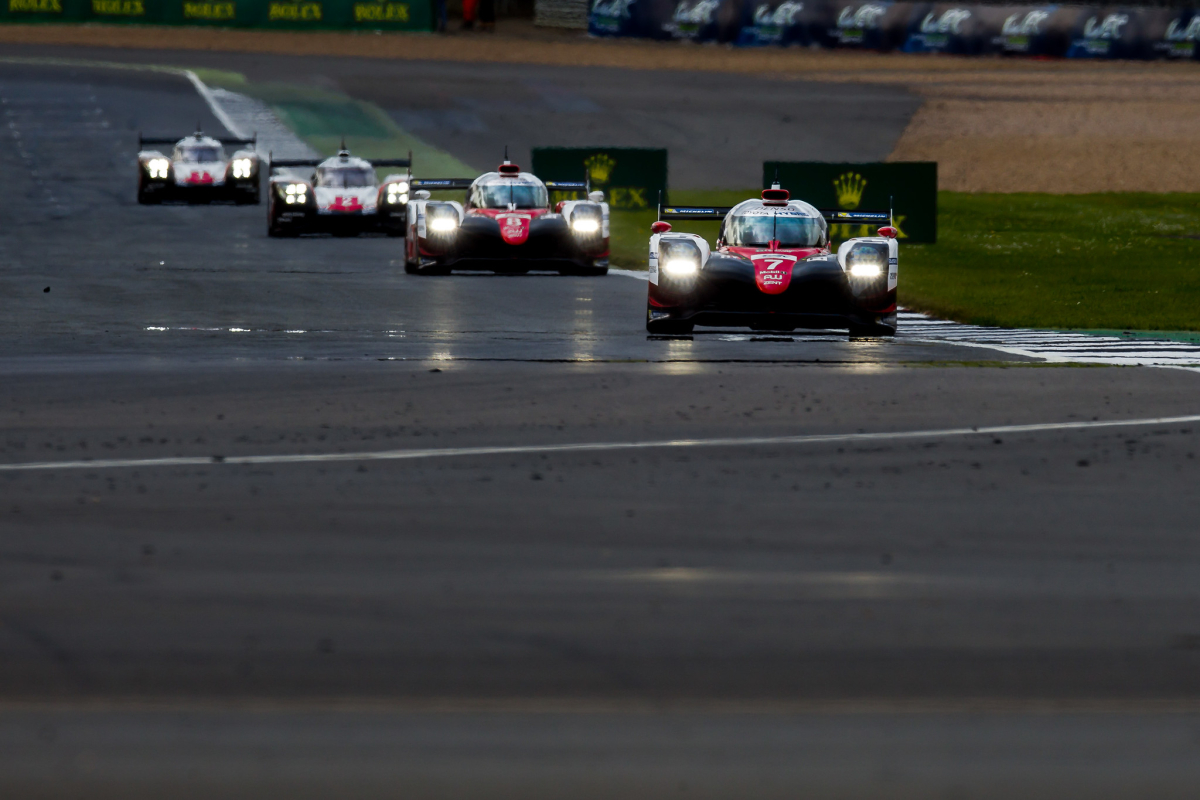The Automobile Club de l’Ouest and the FIA are working flat out with the manufacturers to bring in new technological developments for the LMP1 Hybrids, the blue-riband category in the Le Mans 24 Hours and the FIA World Endurance Championship. These regulations, which are as innovative as they are original, will come into force in 2020 and offer new development opportunities so that endurance racing remains the leader in the technological domain.
Five major objectives provided the guidelines for the discussions between the ACO, the FIA and the manufacturers:
· Adapting the technologies to road-going vehicles;
· Cost capping;
· Technological diversity;
· Level playing field in terms of performance;
· Retain the appeal for spectators, sponsors and media thanks to top-level performances undergoing constant improvement.
To answer the requirements of the manufacturers which have currently invested heavily in the development of Hybrid Plug-Ins that enable the vehicle to run on electric power over short distances and then swap to the internal combustion engine for longer distances, a revolutionary set of regulations will come into force in 2020.
It will engender performances and qualities that will be identical to those of the current crop of cars, and maybe even superior, while reducing even further the need for fossil fuels and the emission of toxic gases.
Six main principles will govern these regulations:
- Zero emissions and rapid recharging: a new road-going technology will be applied to racing, the plug-in hybrid. The cars will be given a rapid recharge at the same time as they are being refuelled.
Thanks to this, they must:
- Cover the first kilometre after each refuelling stop in full electric mode at a level of performance hitherto unequalled in motor racing,
- Cross the finishing line in total electric autonomy (the details are being defined).
- Safety: the monocoque will be adapted according to the modifications initially envisaged for 2018:
- Imposition of a free volume around the drivers’ helmet
- More room in the cockpit (1 500 mm) with adjustable pedals
- The volume for the legs slightly modified to facilitate driver changes
- Protective foam for the driver’s legs
- Stiffer front and rear crash tests of the monocoque and the crushable structures
- Improved cockpit ergonomics to enhance driver visibility
- Two energy recovery systems retained still limited to 8MJ (same size as the current ones)
- Introduction of active aerodynamics with moveable wings (front and rear) to increase the efficiency of the car and compensate for the restrictions on aerodynamic development brought in to reduce costs
- Integration of biofuels: increase the integration of other types of more evolved fuels in close collaboration with the suppliers’ strategy
- Introduction of new energies: in parallel, research work on new energies like hydrogen is continuing with the aim of introducing them at a later date
Cost capping is also a major preoccupation of these regulations. The main aim is to be able to maintain the technological level of endurance at the summit of motor sport while bringing in a major reduction in costs. The FIA and the ACO have taken up the challenge by reducing costs without sacrificing technology and technological diversity.
The budget now required in order to be competitive in the FIA WEC will now be quite affordable and reasonable for a new manufacturer wishing to join the LMP1 adventure.
The ten main measures aimed at cost reduction:
- Limitation on the number of bodywork sets: a single bodywork set will be homologated per year and per manufacturer to reduce development costs (free in 2015, 3 in 2016, 2 in 2017)
- Limitation on testing: another reduction in the number of test days. Teams will have a very limited number of private tests. All the others will be collective sessions organised by the championship promoter,
- Wind tunnel testing reduced to 600 hours per year compared to 800 at the moment. This reduction will have a very positive impact on the reduction of budgets. The figure of 600 hours represents a good balance as it was shown that limiting this figure even more meant that the manufacturers would invest in simulation tools (Computational Fluid Dynamics CFD), which goes against the imposed cost reductions,
- Development units: a system will be put in place to prevent a manufacturer from being able to build a new car every year. The regulations will define the features (chassis, engine, hybrid system, bodywork) that the manufacturer will be able to develop between two seasons so choices will have to be made. Thus, the more a feature considered as important by the regulations is developed during the winter break, the fewer possibilities the manufacturer will have to develop others,
- An undertaking on the stability of regulations for four years minimum that will have a big impact on the costs;
- Aerodynamic regulations: development possibilities for the car’s underbody will be severely restricted:
- Perimeters will be defined to reduce development opportunities in the areas that currently have a major impact on performance thus leading to heavy investment,
- Free zones will be allowed to enable manufacturers to innovate but with a big reduction in budgets devoted to these areas.
- Regulations on brake cooling: at the present moment cooling the brakes is leading to the development of costly technologies which have little interest in terms of technology transfer to road-going vehicles. This does not fit in with the aims set by the ACO and the FIA.
- Limitation on staff at the races: 50 people per team in the FIA WEC races (currently 65). No limitations imposed for the Le Mans 24 Hours
- Limitation on the number of components in the power unit per year (battery, internal combustion engine (ICE), energy recovery systems (ERS)), which will allow the passage from 5 to 4 in one or two years
- Gearboxes limited to two units.
With these completely new regulations the ACO and the FIA wish to promote innovative technology in harmony with the expectations of the manufacturers by giving them the WEC and the Le Mans 24 Hours as development laboratories.

